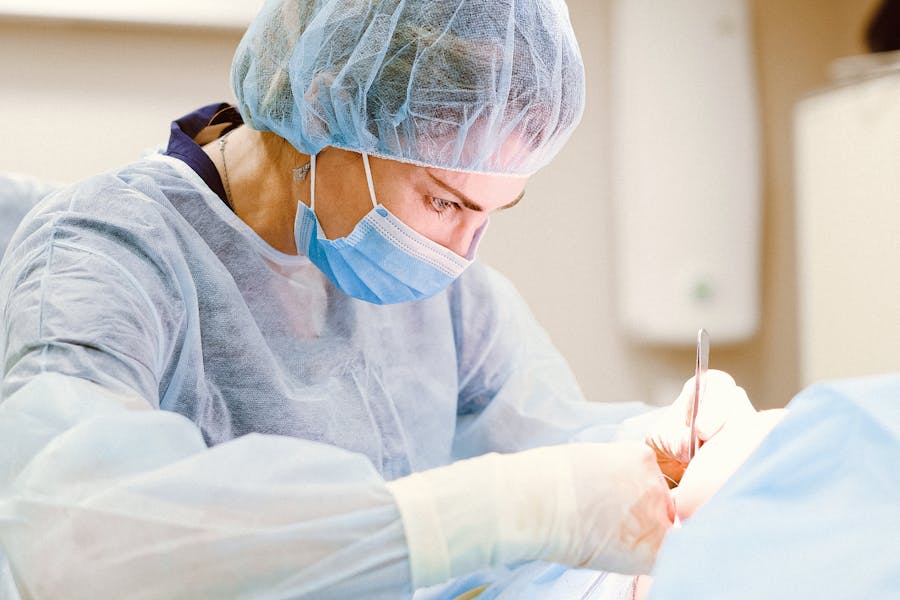Researchers at Weill Cornell Medicine and Cornell Engineering have achieved a remarkable feat: They have made a replica of an adult human ear using state-of-the-art tissue engineering and a 3D printer.
This groundbreaking study offers hope for those born with congenital malformations or who lose an ear later in life.
Context: Many surgeons construct replacement ears using cartilage from a patient's ribs, a procedure that can be painful and leave scars. Additionally, while these grafts can resemble the recipient's other ear, they generally lack the same flexibility.
"Ear reconstruction requires multiple surgeries and an incredible amount of artistry and finesse. This new technology may eventually provide an option that feels real for thousands needing surgery to correct outer ear deformities." —Dr. Jason Spector, chief of the Division of Plastic and Reconstructive Surgery at NewYork-Presbyterian/Weill Cornell Medical Center and a professor of plastic surgery at Weill Cornell Medicine.
Why it matters
This new technology may provide an option that feels and looks real for thousands of people needing surgery to correct outer ear deformities, potentially replacing the current painful and scarring process of using cartilage from a child's ribs.

A closer look
The researchers used chondrocytes, the cells that build cartilage, to create a more natural replacement ear.
- Researchers seeded a collagen scaffold with animal-derived chondrocytes. Still, over time, the well-defined design of the ear was lost due to the cells tugging on the protein matrix, causing contraction and shrinkage.
- To address this issue, the team used animal-derived cartilage loaded into intricate, ear-shaped plastic scaffolds created by a 3D printer.
- These small pieces of cartilage act as internal reinforcements, inducing new tissue formation within the scaffold and preventing contraction.
The result
- Over three to six months, the structure developed into cartilage tissue, closely replicating the ear's anatomical features, a feat the researchers had not achieved before.
- Biomechanical studies confirmed that the replicas had flexibility and elasticity similar to human ear cartilage but were not as strong and could tear.
- Up next: To enhance the graft's strength and robustness, the researchers plan to add chondrocytes derived from a small piece of the recipient's cartilage. These cells would supply the elastic proteins that make ear cartilage robust, producing a tissue much more similar to the native ear.
The takeaway
This groundbreaking work offers the promise of replacement ears with well-defined anatomy, correct biomechanics, and acoustic properties, improving the quality of life for countless people.

